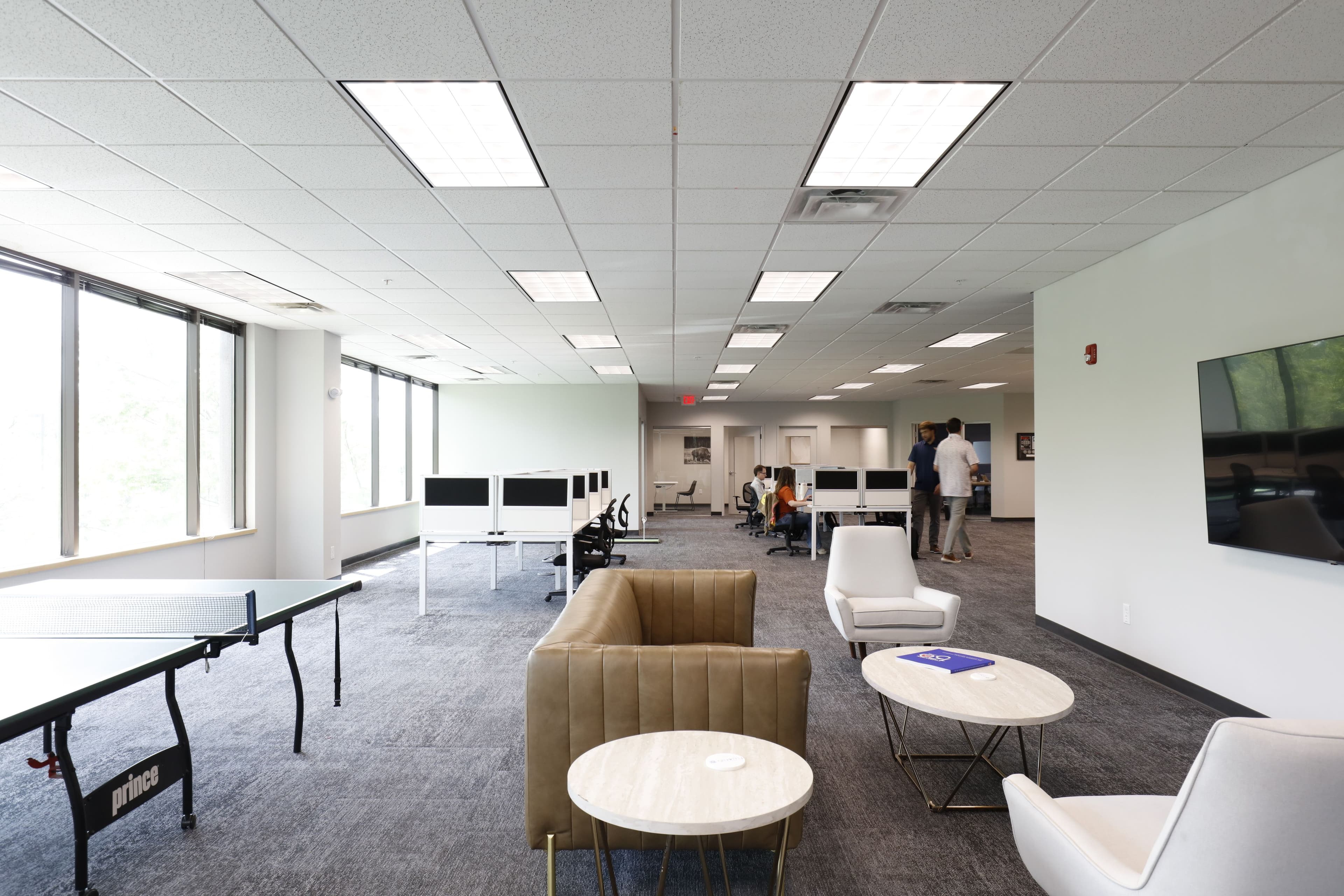
Digital Eye Strain is a Real Disorder That Affects the Eyesight of All Ages
Perspectives
Tips
Spending Your day Focused on Glaring Screens can Have Dire Results for Your Eyes
After five days of work and 40 to 60 hours staring at your computer screen, you and your employees will likely go home and stream a show or a game on either your notebooks or your TVs, all while texting your friends. You may rub your eyes because they feel tired, but you’ll continue to stare at those little pixels on your digital screens, placing even more visual demands on your eyes and creating eye-muscle fatigue.
With the rise of the digital age, there has been an array of health problems associated with sitting in front of digital screens for long periods of time. Along with leg, wrist, neck and shoulder issues, health specialists are seeing an escalation in vision problems. More than half of U.S. adults have symptoms of Digital Eye Strain (DES) and specialists are noticing an increase in dry eye and nearsightedness in children. DES is a health issue that can creep up on you, with just a hint of tired or red eyes that over time can morph into more prominent symptoms of itchy, watery eyes, headaches and double or blurred vision.
Dry and Irritated Eyes
Your eyes have a tear film which consists of three layers, mucus, water or oil, that keep your eyes healthy and moist. If either of these layers are out of balance, eyes can become inflamed and irritated. Blinking is what bathes your eyes in this special moisture blend. You normally blink 10 to 15 times per minute, but when using your computer, other digital devices or reading a book, you blink 60 to 80 times less than normal. Fewer blinks can result in dry and inflamed eyes.
Stop Staring at That Screen or You’ll Ruin Your Eyes!
During the 1960s, this was the cry just about every parent yelled at their kids while they were watching their favorite TV show. You may start to hear it again as doctor’s notice more DES associated issues with their patients. Few studies on computer-related eye problems have been conducted, but some eye specialists have reported an increase in nearsightedness, myopia, in their pediatric and young adult patients. It seems that these two age groups are taking longer to refocus their vision, when adjusting their eyes from reading screen content to objects in the distance. This particular visual problem normally shows up later in life, not in 20 year olds.
Eye specialists are also voicing concerns about the long-term effects of the bright, blue light emitted from digital devices. Scientists know the light suppresses the hormone melatonin, disturbing the natural circadian rhythm and causing sleep disorders. What they don’t know is whether long-term exposure to the light might possibly damage retinal cells, leading to such issues as macular degeneration, an eye disease that causes vision loss in the center of the eye.
Tips to Maintaining Healthy Vision for Years to Come
The Art of Blinking
Since you blink a great deal less while concentrating on screens or a book, start reminding yourself to blink every 20 minutes. This isn’t the time for a wimpy blink. Really blink, because when the glands on your upper and lower lashes connect, moisture is released lubricating and cleaning dust and debris from your eyes. The less you blink, the more susceptible you are to having dry eyes, which can lead to eye fatigue, blurry vision, squinting, eye strain, headaches and neck and shoulder pain. So remind yourself and your employees to blink!
Exercise the 20-20-20 Way
Some specialists recommend the 20-20-20 eye exercise. Every 20 minutes look away from your screen and focus on an object 20 feet away for 20 seconds. Do this slowly ten times. This little moment will refresh your eyes and help reduce eye strain, as you reshift your focus from small print to an object in the distance.
What Else Can You Do?
Use artificial tears during the day to keep your eyes lubricated. Air conditioning and dry heat can irritate and contribute to dry eyes, especially when wearing contacts.
Have the right office furniture to reinforce good posture. Good alignment prevents shoulder and neck pain, which can create mental, physical and visual fatigue. Keep your shoulders relaxed and your spine and neck straight.
All screens should have anti-glare filters to decrease reflected light from computers, windows and overhead lights. Avoid glare by positioning your desk in front of or to the side of windows, not facing the glass.
Remember, you’re putting your health at risk whenever you’re staring at your screens for more than two hours at a time. Get up, move around and stretch your neck, shoulders, arms and legs – and blink those eyes!
Tom White
Partner
Related Articles

